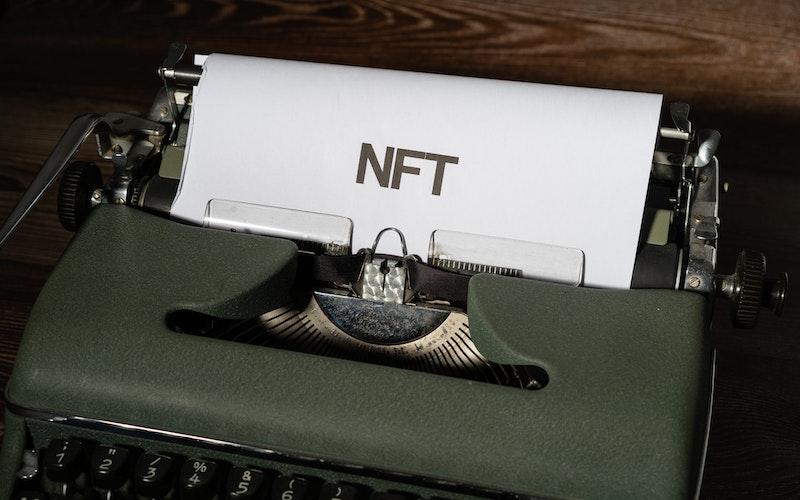How to Extract and Analyze NFT Metadata: A Developer's Toolkit
Extracting NFT Metadata
Before diving into the extraction process, it's essential to grasp what NFT metadata entails. Metadata refers to the data associated with a particular NFT. This data typically includes title, description, creator's name, creation date, edition number and links to external content like images or videos. This data is stored on a blockchain, making it transparent and immutable. To extract this information, you'll need to navigate the blockchain where the NFT resides.
One of the most accessible ways to extract the data is using blockchain explorer tools. These user-friendly platforms allow you to search for specific NFTs by their contract address or transaction hash. You can retrieve the data associated with the NFT, giving you insights into its attributes and ownership history. Famous blockchain explorers offer detailed metadata extraction capabilities.
For more advanced developers, smart contracts and APIs can provide a deeper level of access. These contracts often contain methods to retrieve metadata. Blockchain networks offer APIs that allow you to access metadata efficiently. For example, Ethereum's JSON-RPC API enables developers to fetch metadata directly from the Ethereum blockchain.
Analyzing NFT Metadata
NFT metadata can vary in structure and format. This variation happens because different projects and creators may include unique attributes. Data enrichment and normalization will help you make sense of this diverse data. This process involves cleaning and standardizing the data and ensuring it's consistent for analysis. Tools like Python's pandas library are invaluable for this purpose.
Understanding the sentiment surrounding NFTs is a critical aspect of analysis. Natural Language Processing (NLP) techniques can be employed to perform sentiment analysis on the textual components of NFT metadata. This analysis helps you gauge the market's perception of a collection. Tracking metadata trends over time can uncover valuable insights, such as the most popular attributes.
NFTs often include images, animations or videos as part of their metadata. Analyzing these visual components provide unique insights into the token's appeal. Image recognition and computer vision techniques can be used to identify objects and themes. You can use this information to categorize the visual aspects of NFTs. That helps you spot emerging trends or identify connections between different tokens.
Building NFT-Related Applications
By extracting and presenting NFT metadata in a user-friendly manner, you can create a platform that enables users to easily discover, buy and sell NFTs. Building filters and recommendation systems can enhance the user experience. This experience makes it easier for collectors and investors to find the desired tokens.
Developers can create analytics dashboards that provide real-time insights. These dashboards can showcase trends, price fluctuations and sentiment analysis results. You can offer users a comprehensive overview of the NFT landscape and help them make informed decisions.
NFTs have also made their way into the gaming industry, where metadata analysis can enhance gameplay experiences. Developers can use this data to create dynamic in-game assets. This integration adds uniqueness to gaming experiences, as players can interact with NFTs in ways that extend beyond simple ownership.
In conclusion, extracting and analyzing NFT metadata can open up a world of possibilities for developers. Regardless of your interest, a robust toolkit for working with NFT metadata is essential. As the ecosystem evolves, developers who can use this data will lead this new digital frontier.

